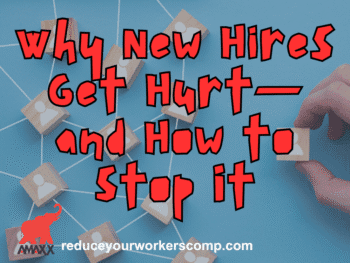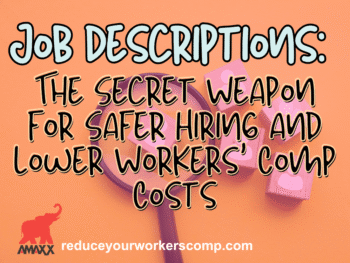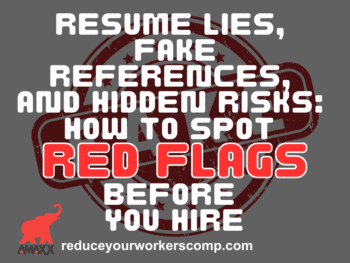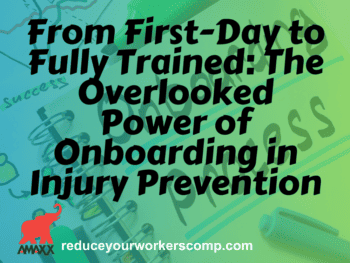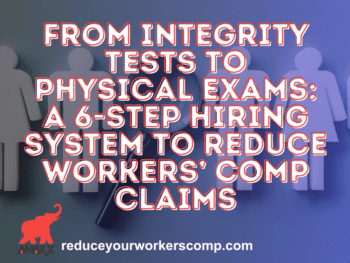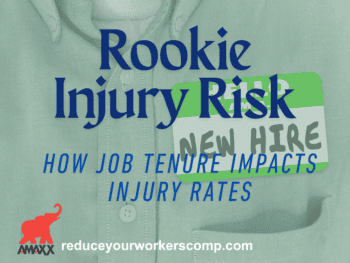All too frequently we see incidents where a present or ex-employee comes onto the workplace with firearms and wounds or kills members of the existing staff.
The survivor heartbreak for those killed is huge. Many of the wounded can be left with permanent physical injuries. All employees, whether victims or by-standers, may face post-traumatic stress syndrome, and the grieving process may require professional intervention.
The recovery and healing process will go on for an extended period of time, and some workers may never get over the fear that it could happen again.
Employer Response:
This type of loss demands that the employer be concerned, sympathetic, and require prompt response from the claim units. Personal interface with each employee and family involved is mandatory to address all concerns at once.
Employers should lead the road to recovery by example and take all steps necessary to resume normal operations. This may even require a new location for operations if the shooting scene is too horrific to be forgotten.
Challenge any and all facts presented by the media to the public that are not true or confirmed.
Causes:
What makes an employee turn into a dangerous individual to wreak havoc can be a number of different factors.
Some try to attribute it to such factors as:
- Social or permissive attitudes.
- Substance Abuse.
- Poor social skills of the perpetrator.
- Physical Abuse
- Impact from fellow employees.
- Actual or presumed factors from the job, management, or fellow employees.
The causation list is long and debatable. However, the leading cause in most of these murderous rampage tragedy’s stems from mental illness. Some are due to domestic issues, and others are due to emotional triangles.
Those that may have developed because of work environment still show that there were mental issues prior to commission of the act.
The United States Supreme Court:
One of the challenges in the prevention of mentally induced violent attacks is the misapplication of the Supreme Court 1975 ruling “O’Connor v. Donaldson.”
Without rehashing the facts of the case, the conclusion was that no mentally ill person could be indefinitely deprived of freedom by the state. This is especially applicable when the individual is not a danger to anyone, and can live safely in freedom. It further goes on to insinuate that persons may have been confined just to be deprived of needed care.
The key is that the person is not a danger to anyone and can live safely on their own.
Determining Exposures:
It is difficult to ascertain mental illness. People may be arrogant, conniving, rude, manipulative, moody, anti-social, angry, insulting, argumentative, professionally aggressive, or have dozens of other personality issues that society frowns on. Yet, that does not mean they suffer from a dangerous psychotic illness.
Mentally ill people can often hide their conditions. It takes time and professionals trained in psychiatric disorders to uncover a mental disorder. It takes even longer to determine if the person can become dangerous to self and others at large.
Some conditions are temporary, and many conditions are mild and can allow the individual to function without a danger to others and live safely on their own. These people can function to a point where society may not even be aware of a problem
Under the situations mentioned above an employer is almost powerless to determine when an employee is or may become unstable. Few employers would accuse or take action against any employee as a mental risk under these conditions. Further, if the employer was to take any action they might be charged with violating “O’Connor vs. Donaldson”
A Known Exposure:
There are tragedies where the employer and fellow employees knew the offending person was dangerous, and going to the police for help was no solace. The police could do nothing. The excuse given: “There is nothing that can be done until the violent one acts in a dangerous manner.”
This is the misapplication of “O’Connor vs. Donaldson”.
Pre-Employment Testing:
There are personnel tests to determine mental capacity and stability, and the results show improvements in employee outcomes. However, the tests are not full-proof, and a troubled person that is trained to pass the test could be hired.
Conclusion:
Murder and maiming occur on the job by unstable employees. While it may be impossible to create a system to protect against all potential dangerous employees, employers need to be diligent and work with a best-in-class provider to hopefully prevent the next tragedy.
Author Michael Stack, Principal, COMPClub, Amaxx LLC. He is an expert in workers compensation cost containment systems and helps employers reduce their work comp costs by 20% to 50%. He works as a consultant to large and mid-market clients, is co-author of Your Ultimate Guide To Mastering Workers Comp Costs, a comprehensive step-by-step manual of cost containment strategies based on hands-on field experience, and is founder of COMPClub, an exclusive member training program on workers compensation cost containment best practices. Through these platforms he is in the trenches on a working together with clients to implement and define best practices, which allows him to continuously be at the forefront of innovation and thought leadership in workers’ compensation cost containment. Contact: mstack@reduceyourworkerscomp.com.
©2015 Amaxx LLC. All rights reserved under International Copyright Law.
Do not use this information without independent verification. All state laws vary. You should consult with your insurance broker, attorney, or qualified professional.

